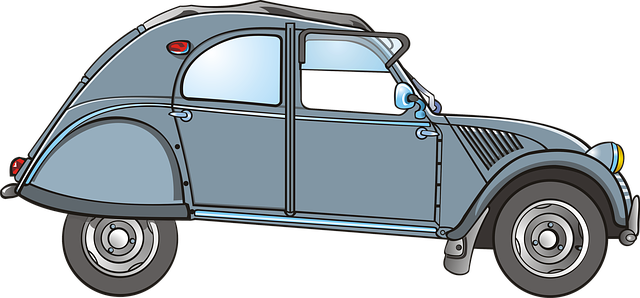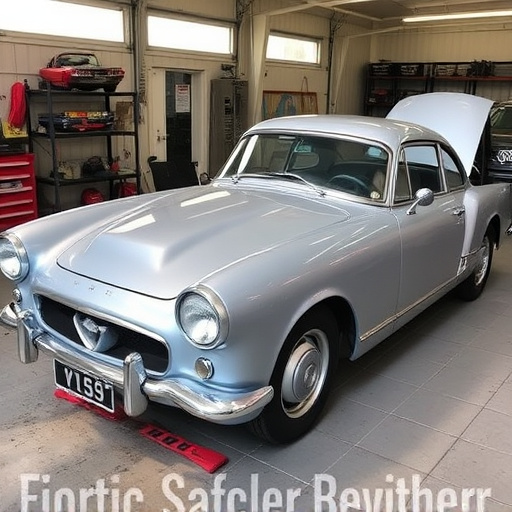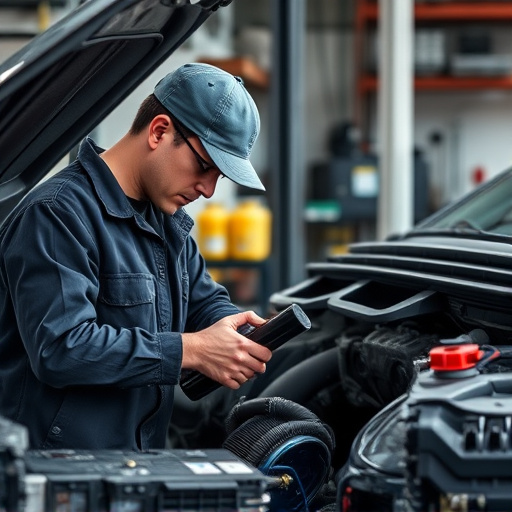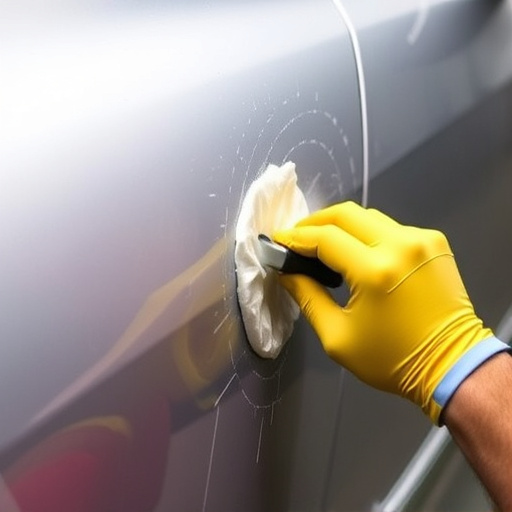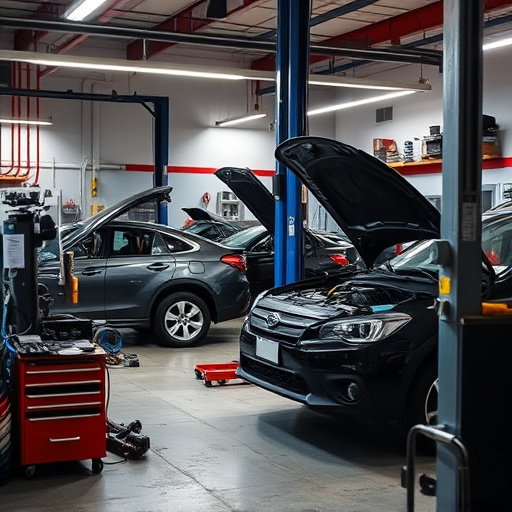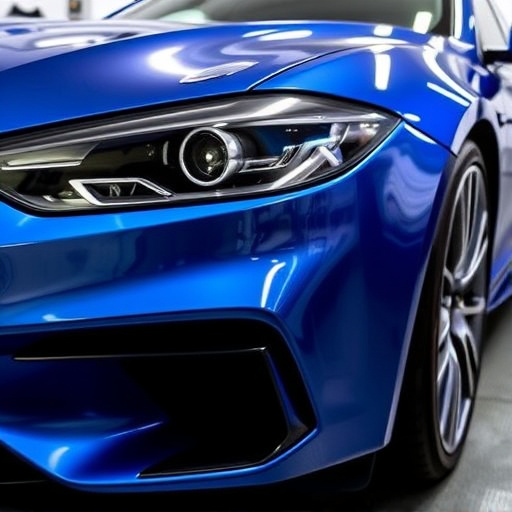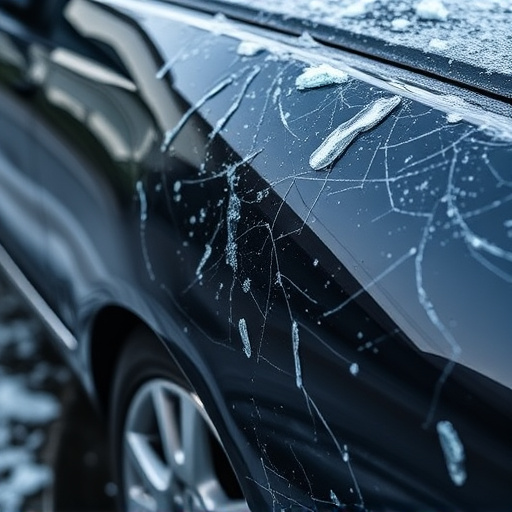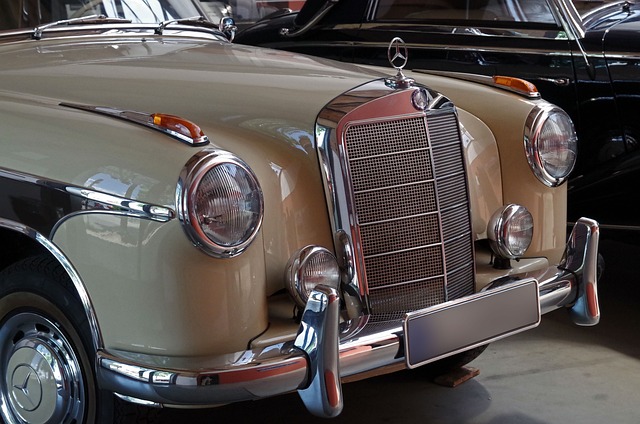Specialty collision hardware is transforming auto body repairs by offering unprecedented precision and efficiency in handling complex vehicle damage, aligning with modern vehicle designs like Mercedes-Benz. This advanced equipment, evolving from basic tools to sophisticated systems like robotic welding and paint sprayers, enables faster turnaround times while maintaining exceptional workmanship. By integrating these specialized tools, collision centers can enhance vehicle longevity and resale value through accurate restoration of components to factory specifications. Best practices include staying updated with technology, regular staff training, organized inventory systems, and dedicated storage spaces.
Specialty collision hardware is transforming modern auto body repairs, enabling precision and efficiency previously unimaginable. This advanced equipment goes beyond conventional tools, offering tailored solutions for complex automotive structures.
From unbending metal panels to intricate panel alignment, this article explores the multifaceted world of specialty collision hardware. We’ll delve into its historical evolution, uncover cutting-edge innovations, and discover best practices for seamless integration into auto body repair workflows.
- Understanding Specialty Collision Hardware: Unlocking Advanced Auto Body Repair Techniques
- The Evolution of Collision Hardware: A Historical Perspective and Modern Innovations
- Integrating Specialty Hardware: Best Practices for Efficient and Effective Repairs
Understanding Specialty Collision Hardware: Unlocking Advanced Auto Body Repair Techniques
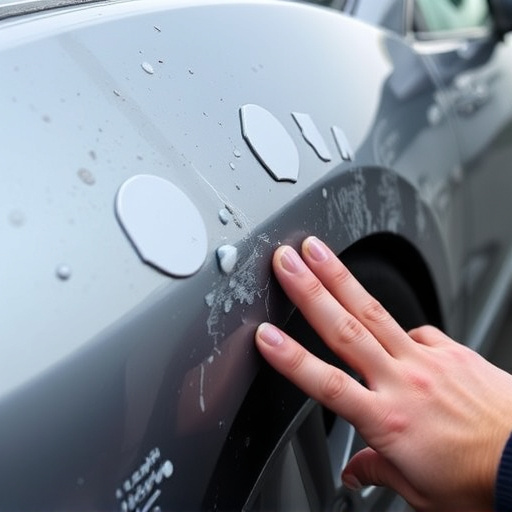
Specialty collision hardware is transforming the landscape of auto body repairs, unlocking new possibilities for precision and efficiency in automotive body work. This advanced equipment encompasses a range of tools, devices, and systems designed to handle complex repair tasks that traditional methods might struggle with. From intricate panel replacements to precise alignment adjustments, these specialized tools are engineered to meet the demanding needs of modern vehicle designs.
For instance, in Mercedes-Benz collision repair, where precision is paramount, specialty hardware plays a pivotal role. It enables technicians to perform exacting operations, ensuring that each component is restored to its original factory specifications. This level of detail not only enhances the quality of auto maintenance but also contributes to the vehicle’s overall longevity and resale value. By leveraging these innovative tools, body shops can offer faster turnaround times while maintaining the highest standards of workmanship.
The Evolution of Collision Hardware: A Historical Perspective and Modern Innovations
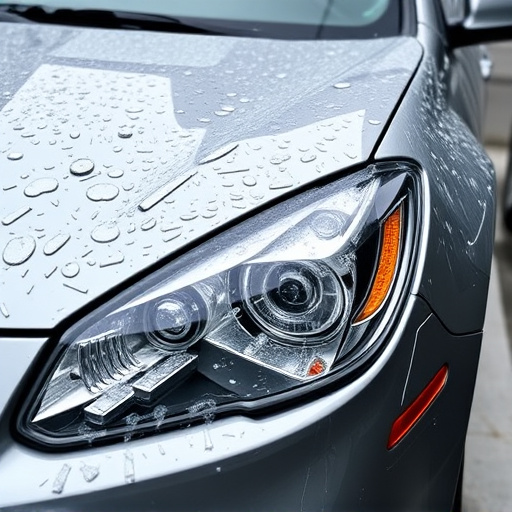
The evolution of collision hardware has mirrored the transformative journey of automotive technology itself. Historically, basic tools like hammers and clamps were the primary equipment for auto body repairs. As vehicles became more complex, so too did the need for specialized hardware. This shift gained momentum with the advent of advanced materials, such as high-strength steels and composite plastics, which demanded precision tooling to ensure structural integrity and aesthetic accuracy during repairs.
Today, modern collision hardware encompasses a vast array of sophisticated tools designed specifically for different vehicle makes and models. From robotic welding systems that enhance precision and speed in fleet repair services to advanced sanders and paint sprayers that achieve flawless finishes in intricate vehicle restoration projects, these innovations have revolutionized the field of vehicle body repair. This ongoing evolution continues to push the boundaries of what’s possible in both the efficiency and effectiveness of collision repair work.
Integrating Specialty Hardware: Best Practices for Efficient and Effective Repairs

Integrating specialty collision hardware is a key component in achieving efficient and effective auto body repairs at modern collision centers. These specialized tools are designed to address complex damage, ensuring precise restoration of vehicles like Mercedes-Benz or any other make. Best practices involve staying updated with the latest technology and regularly training staff on proper use, as this minimizes errors and enhances repair quality.
When incorporating specialty hardware into car repair services, collision centers should prioritize organization and accessibility. Well-maintained inventory systems enable quick identification and retrieval of tools during repairs, reducing downtime. Moreover, providing a dedicated space for storage ensures the hardware remains in top condition, ready for use when needed, ultimately contributing to a seamless Mercedes Benz collision repair process or any other vehicle make’s restoration.
Specialty collision hardware has revolutionized modern auto body repairs, offering advanced techniques and unprecedented precision. By understanding its evolution and best practices for integration, professionals can efficiently and effectively address complex repair needs. This specialized equipment not only enhances the quality of restoration but also ensures vehicles return to the road safer and more reliably. Embracing these innovations in specialty collision hardware is key to staying ahead in the ever-evolving automotive repair landscape.

